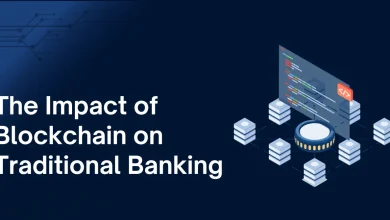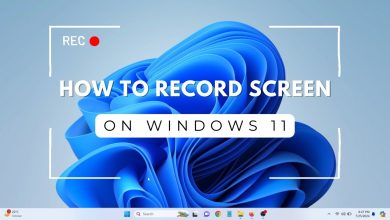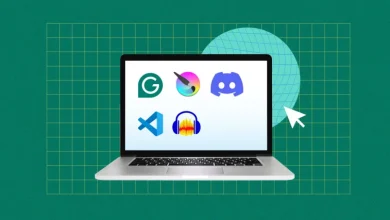What is EdTech?
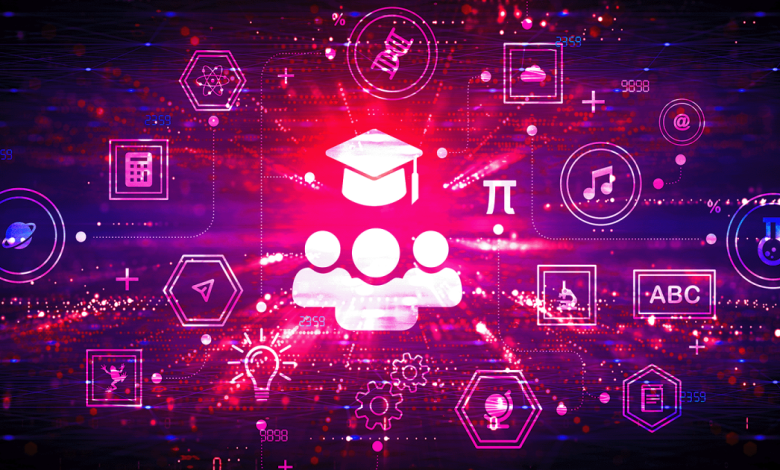
What is EdTech?
EdTech, or educational technology, refers to the use of technology to facilitate learning. It encompasses a wide range of tools and resources, including software, hardware, and online platforms. The goal of EdTech is to enhance educational experiences, making learning more engaging and effective. From classrooms to online courses, technology plays a crucial role in modern education.
The Importance of EdTech
The importance of EdTech cannot be overstated. It transforms how educators teach and students learn. Here are some key reasons why EdTech matters:
- Enhanced Learning Experiences: EdTech tools make learning more interactive. They incorporate multimedia elements, such as videos and quizzes, which cater to different learning styles.
- Accessibility: Technology can bridge gaps in education. Online platforms allow students from remote areas to access quality learning resources. This ensures that education is more inclusive.
- Personalized Learning: EdTech enables tailored learning experiences. Adaptive learning technologies adjust content based on individual student performance, helping each learner progress at their own pace.
- Collaboration and Communication: Technology fosters collaboration among students and teachers. Online discussion forums and group projects promote teamwork, even in remote settings.
- Data-Driven Insights: EdTech provides valuable data on student performance. Educators can analyze this data to identify areas for improvement and adjust their teaching strategies accordingly.
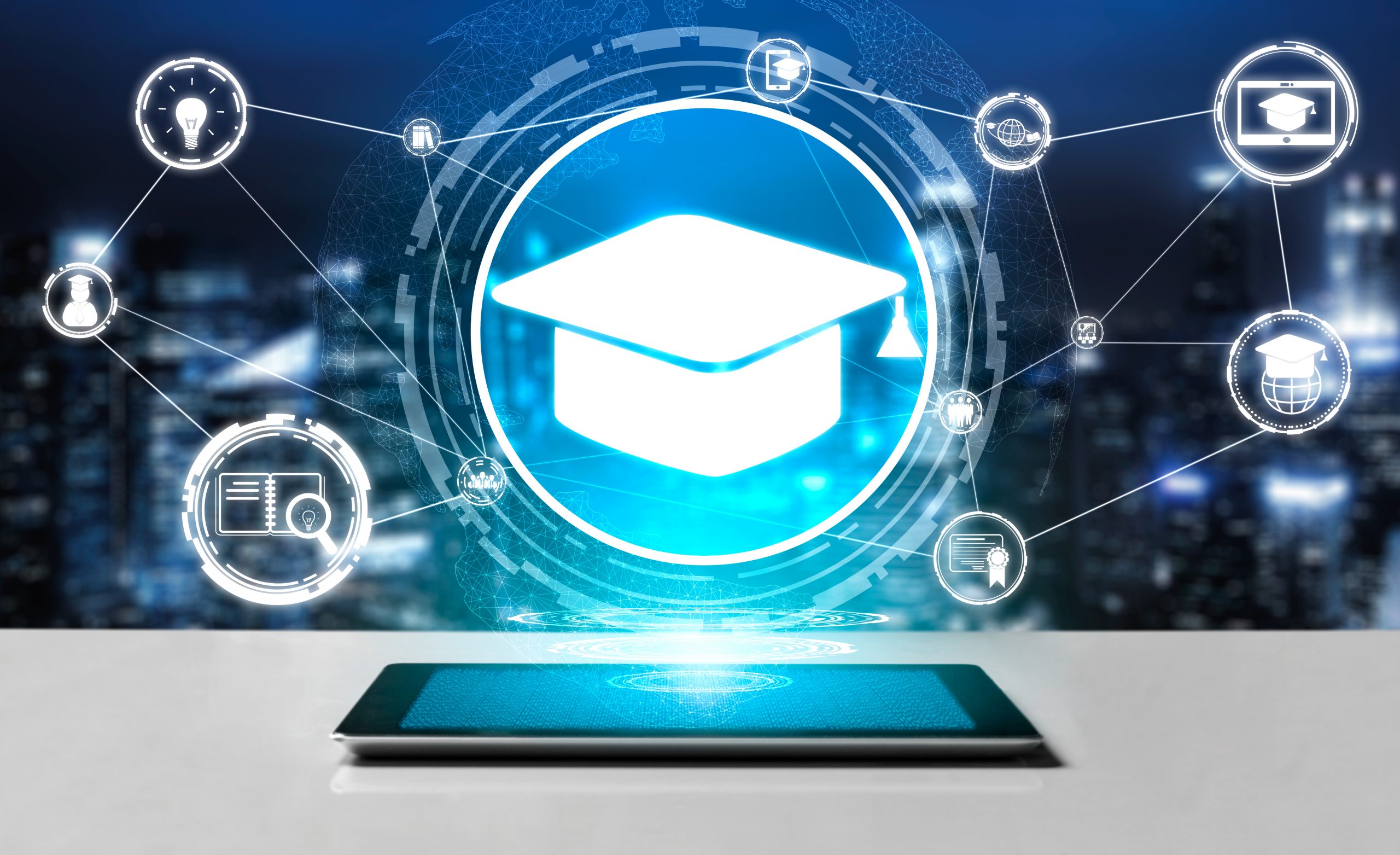
Types of EdTech Tools
EdTech encompasses various tools and technologies that enhance learning. Here are some common types:
- Learning Management Systems (LMS): LMS platforms, such as Moodle and Canvas, allow educators to manage courses online. They provide a centralized hub for assignments, grades, and resources.
- Interactive Whiteboards: These digital boards allow teachers to display multimedia content and engage students. They enable real-time collaboration and interactive lessons.
- Educational Apps: There are countless apps designed for learning. From language learning to math practice, these apps provide engaging content that students can access anytime.
- Virtual Classrooms: Platforms like Zoom and Microsoft Teams facilitate remote learning. They enable live interactions, discussions, and presentations, making online education more effective.
- Gamification Tools: Gamification integrates game elements into learning. This approach motivates students by turning lessons into interactive challenges and rewards.
Benefits of EdTech
EdTech offers numerous benefits for students, teachers, and educational institutions:
- Increased Engagement: Interactive tools make learning fun. Students are more likely to participate actively when lessons are dynamic and engaging.
- Flexibility: EdTech allows for flexible learning environments. Students can learn at their own pace and choose when and where to study, accommodating various schedules.
- Cost-Effective Solutions: Many EdTech tools reduce the need for physical materials. Digital resources can be more affordable and accessible than traditional textbooks.
- Improved Learning Outcomes: Research shows that integrating technology into education can lead to better academic performance. Students often retain information more effectively when using interactive tools.
- Scalability: EdTech solutions can be scaled to accommodate large groups of students. This is particularly useful for online courses and massive open online courses (MOOCs).
Challenges of EdTech
Despite its benefits, EdTech also faces challenges:
- Digital Divide: Not all students have access to technology. This divide can exacerbate existing inequalities in education, making it crucial to address access issues.
- Training and Support: Educators may need training to effectively integrate technology into their teaching. Without proper support, they may struggle to use EdTech tools effectively.
- Over-reliance on Technology: Excessive dependence on technology can hinder traditional learning methods. A balanced approach is essential to ensure comprehensive education.
- Data Privacy Concerns: The use of technology raises privacy issues. Protecting student data is critical, and schools must comply with regulations.
![What is Educational Technology? [Definition, Examples, Etc.]](https://onlinedegrees.sandiego.edu/wp-content/uploads/2019/12/educational-technology.jpg)
- Resistance to Change: Some educators and institutions may resist adopting new technologies. Change can be challenging, and overcoming this resistance is crucial for successful implementation.
The Future of EdTech
The future of EdTech is bright, with several trends shaping its evolution:
- Artificial Intelligence (AI): AI will play a significant role in personalizing learning experiences. Intelligent tutoring systems can provide tailored feedback to students.
- Virtual and Augmented Reality (VR/AR): These technologies will create immersive learning experiences. Students can explore virtual environments that enhance understanding of complex subjects.
- Mobile Learning: The rise of smartphones and tablets will continue to influence education. Mobile learning allows students to access resources on the go, making education more flexible.
- Microlearning: Short, focused learning modules will gain popularity. Microlearning caters to busy lifestyles and enhances retention by delivering information in bite-sized formats.
- Collaborative Learning Platforms: These platforms will facilitate teamwork among students. Tools that promote collaboration will help develop essential skills for the future workforce.
Real-World Applications of EdTech
It is already making a difference in various educational settings:
- K-12 Schools: Many K-12 institutions are adopting EdTech tools to enhance classroom learning. Interactive apps and online resources engage students in new ways.
- Higher Education: Colleges and universities are leveraging technology for online courses and blended learning models. This approach allows for greater accessibility and flexibility for students.
- Corporate Training: Companies use EdTech for employee training and development. E-learning platforms provide cost-effective solutions for upskilling and reskilling.
- Non-Traditional Learning Environments: EdTech supports alternative education models, such as homeschooling and unschooling. Technology provides resources that cater to diverse learning needs.
- Lifelong Learning: EdTech enables individuals to pursue lifelong learning opportunities. Online courses and certifications allow people to acquire new skills throughout their lives.
Conclusion
EdTech is revolutionizing education by making learning more accessible, engaging, and personalized. As technology continues to evolve, its impact on education will only grow. By embracing it, educators and institutions can enhance the learning experience for students. The future of education is bright, with endless possibilities for innovation and improvement. Through the effective use of technology, we can create a more inclusive and dynamic educational landscape.

